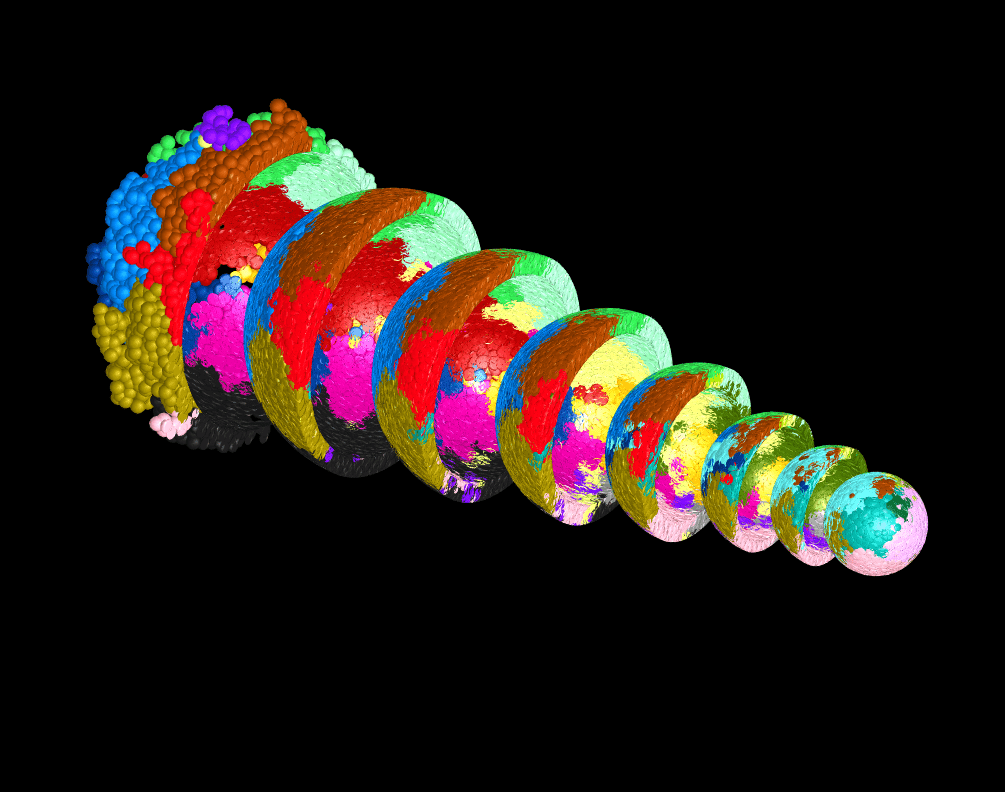Studying the eukaryotic genome in 3D

Three-dimensional (3D) organisation of the eukaryotic nuclear genome has a crucial role in gene regulation. Magda Bienko and Nicola Crosetto overview emerging and established techniques used to investigate the spatial arrangement of the genome in the nucleus and how it affects gene function in single cells and tissues.
Tight packing into chromatin fibers and their folding into 3D superstructures are necessary to encase meters of DNA in a tiny space such as the nucleus of eukaryotic cells. The 3D arrangement of nuclear DNA fulfils functions far beyond the mere packing of the genome into the nucleus and extends to the regulation of gene replication, expression, and integrity. Therefore, investigating how the genetic material is arranged within the nucleus of a single isolated cell (3D genomics) or in its tissue context (spatial genomics) is instrumental to better understand the mechanism(s) of gene regulation.
Madga Bienko and Nicola Crosetto at the HT Genomics Research Centre and Britta Bouwman (Karolinska Institutet and Science for Life Laboratory, Sweden) review the different methods, for example massively parallel sequencing and high-resolution microscopy among them, which have been used over the past decade to study the 3D organization of the eukaryotic genome. The researchers discuss how these tools may help to address outstanding open questions in the 3D genomics and spatial genomics fields as well as in developmental biology and cancer medicine. Finally, Bienko and Crosetto foresee that the rapid progress in sample preparation protocols, imaging, sequencing, and high-performance computing will allow spatial resolution of both whole-exome and whole-genome sequencing.
The review is now published in Trends in Genetics.
Image courtesy of Dr. Erik Wernersson, KI, Sweden




